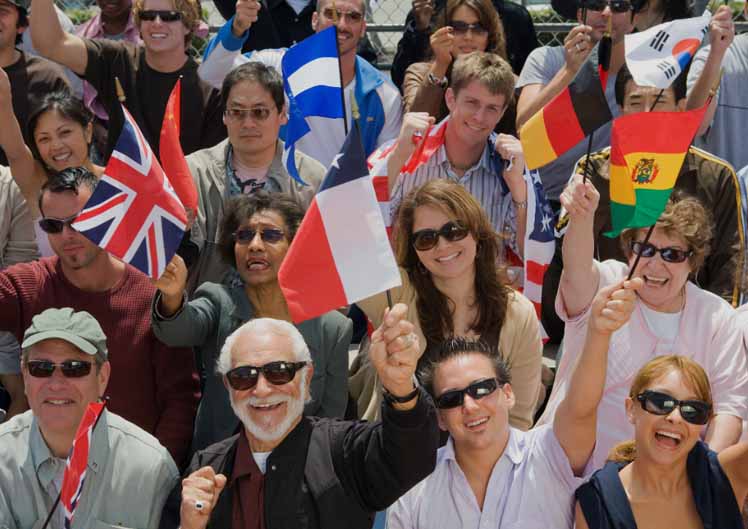Creativity across cultures
Our journey of Creativity is possible with the help of our friends

Creativity cannot exist without circumstantial and environmental support. It doesn’t develop and fails to nurture in a vacuum.
When people talk about a creative person, they fail to contextualize said creativity. They fail to also talk about the person’s background, his/her place of birth, the environment of that region and, most importantly, the degree of weight they place on intellectual training and thoughts. For example, in an isolated Amazonian tribe, a creative individual would be one who could perhaps design light and fast arrow, with minimum effort. But this ability would meet with little amazement in the United States, where guns are the preferred choice of weaponry.
Different cultures value different aspects of creativity. Generally, Eastern cultures are seen to value appropriateness and usefulness over novelty, while Western cultures value the former over the latter. Thus, though it is true that personal cognitive levels have a great input in how creative a person is, society comes into play in how that creativity is manifested and received.
There are a lot of factors that affect and increase creativity, and many are related to culture.



